Short films have been a quintessential component of cinema for as long as it has been around. As they don’t usually require heavy financing or professional crew, shorts are an excellent outlet for a director’s unaltered vision, which is why they have formed a backbone of experimental and independent cinema. Almost all great directors who have created cinematic masterpieces were first introduced to the world of movie-making through short films – some made them in film school while others on their own. Although making a short film is easier than a full-length feature, making a good short film, one that leaves a mark, is twice as difficult. This list counts some wonderful films a half-hour or less in length that were made by masters of movie-making. Here is the list of some really good short movies on YouTube made by great directors.
1. Un Chien Andalou (Luis Bunuel, 1929)
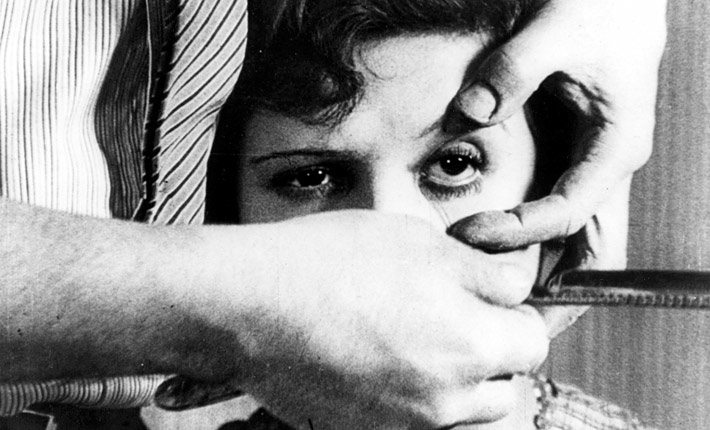
In 1929, two of the most renowned surrealists, Luis Bunuel and Salvador Dali, got together to make a short film with the sole purpose of stunning the audience beyond comfort. The product of this collaboration was Un Chien Andalou, a 16-min short film filled with one disconcerting scene after another, from a razor blade slicing an eyeball to a man pulling a piano laden with dead donkeys and to which two priests are tied, with little or no link between them. Any attempt to find a logical explanation or a basic storyline that would explain Un Chien Andalou proves futile but the inventiveness of the film is highly valued even after more than 8 decades of its release.
The inspiration for the movie came from a dream that Bunuel had in which he saw the moon being sliced by clouds and another that Dali had in which ants were devouring a human hand. Starting with these ideas and then building up on them with other ideas that would be shocking and surprising without lending themselves to any rational explanation whatsoever, they made the movie with budget borrowed from Bunuel’s mother and completed it in a few days’ time. A viewer’s inability to comprehend this short logically is partially due to us being programmed by conventional cinema to rationalize every scene by connecting it with other scenes to form assumptions about the story, a tendency which Bunuel has exploited masterfully to further the shock quality of his film. Un Chien Andalou was Luis Bunuel’s first directorial venture and he has since created some of the most highly acclaimed films like The Exterminating Angel and Belle de Jour. (Watch it here)
2. Six Shooter (Martin McDonagh, 2004)
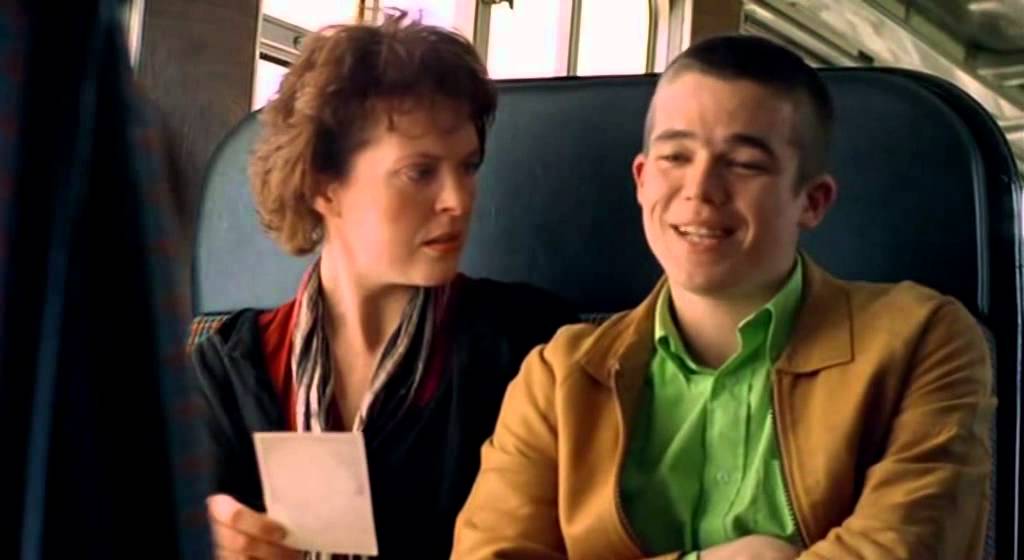
Martin McDonagh, who has directed In Bruges and Seven Psychopaths, first started out by making a 27-min black comedy film set in Ireland, called Six Shooter – which went on to win an Oscar and is one of the best known short films of all time. It is almost surprising how a film so heavily laden with death and personal loss manages to be so funny and expressive at the same time. The short is extremely well-made and intelligent so that the humour feels different from both American as well as British brands of black-comedy. It follows an aging man, Donnelly, who has just lost his wife and on the train ride back from the hospital, he finds himself sitting with a rambunctious teenage boy whose mother has just died. Sitting next to them are a gloomy couple who have just lost their new-born child.
However, this seemingly grim setting soon takes a darker turn and things become messier and funnier at the same time, with revelations of murder, suicides, gun battles with the police, exploding cows and pet deaths. Anybody familiar with McDonagh’s other movies will not need further reasons to watch this masterpiece. However, this film also forms essential viewing for anybody who enjoys an intelligent black-comedy, which simply means everybody. (Watch it here)
3. Tramwaj (Krzysztof Kieslowski, 1966)
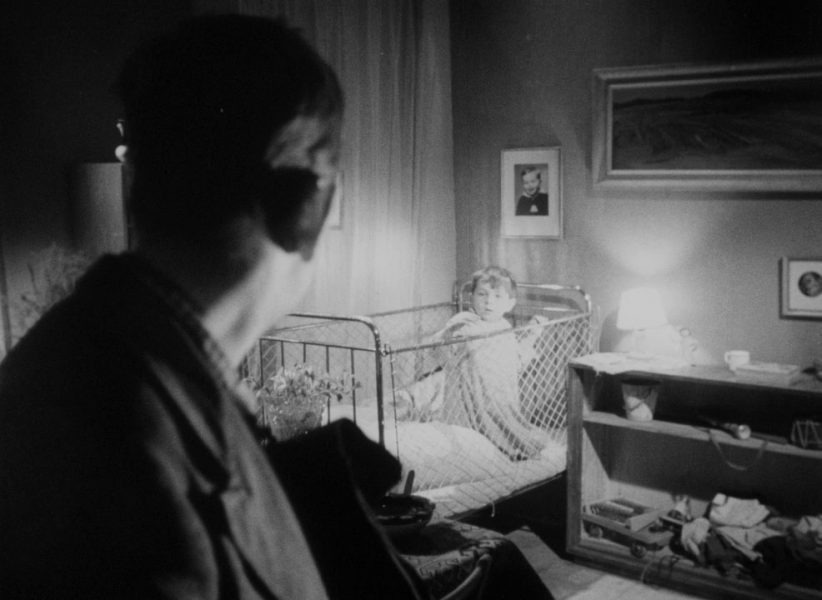
Krzysztof Kieslowski made Tramwaj, one of the best short movies, while he was still a student in film school. In this 5-min long film, we follow a young man on a winter night as he boards a tram on which he notices a beautiful young girl sitting alone. Their eyes meet, the girl seems uneasy initially but slowly warms up to his presence as he closes the tram door seeing how the air made her cold and then starts chewing a sugar cube childishly. But before anything could happen, the tram reaches the man’s stop and he deboards it. He immediately regrets missing such an opportune moment and is overwhelmed by the desire to approach the girl, so he runs behind the tram hoping to catch her. In the very beginning we had seen the man standing alone in a club where everybody’s dancing, and he doesn’t seem to be having a good time. He probably isn’t very lucky with the ladies which is why he must have felt a heavy sense of lament and hence his impulsive run.
Almost every one of use has at least once felt a similar warmth on seeing a random stranger, someone different than the rest, someone so appealing that we want to get to know them. This same predicament was also expressed by Mr. Bernstein in Citizen Kane when he tells how he still remembers a girl who he saw for just a second when he was young, wearing a white dress on a ferry. Apart from the plot, what makes the short interesting is the masterful prowess of Kieslowski behind the camera and his great talent for storytelling. Kieslowski has since become one of the biggest names in arthouse cinema and has made great works like The Dekalog and the Trois Couleurs trilogy. (Watch it here)
4. Une Femme Coquette (Jean-Luc Godard, 1955)
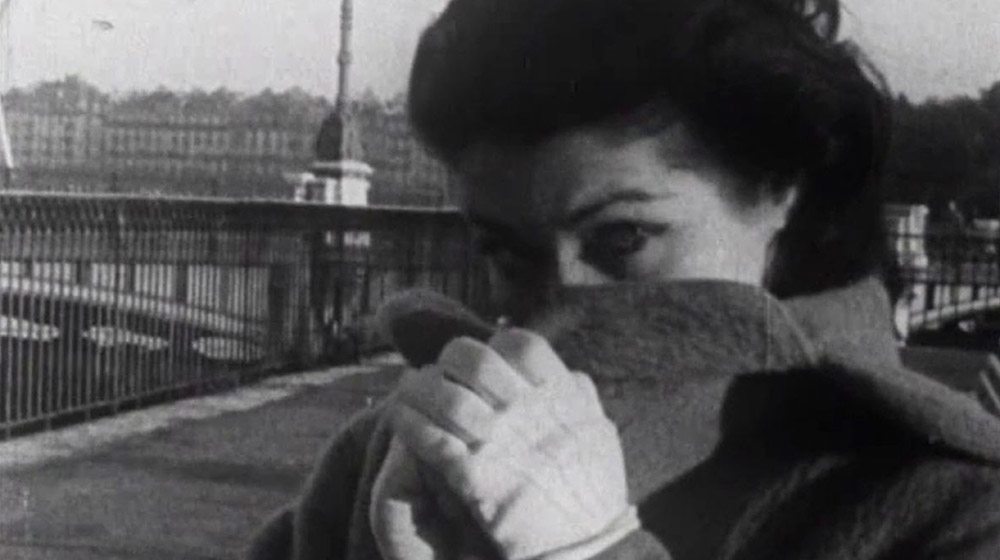
Probably the most prolific of all New Wave directors, Jean-Luc Godard has been making movies since the 1950s with the same inventiveness as ever. So far, he has directed over hundred movies including Contempt, Breathless and Band of Outsiders. But Godard began his directorial journey with a lesser-known short film, Une Femme Coquette, in 1955. Based on a story by Maupassant, the 9-min black-and-white short follows a married woman as she is suddenly tempted to flirt with a stranger after seeing a prostitute gracefully attract bystanding men from a window above the street. She is extremely impressed by the graceful way in which the woman attracts strangers – with a casual yet inviting smile that could as easily have meant “What a beautiful day!”.
Having witnessed this, she impulsively decides to smile flirtatiously at the very next man she sees. Une Femme Coquette is reminiscent of other early works of Godard – with an upbeat soundtrack, driven by articulate dialogue, wide-angle shots and somewhat fast-paced editing. The movie was thought to be lost for a long time until recently when it surfaced on YouTube. The short also features a cameo by a 24-year-old Godard, which should be reason enough for cinephiles to check it out. (Watch it here)
5. Doodlebug (Christopher Nolan, 1997)
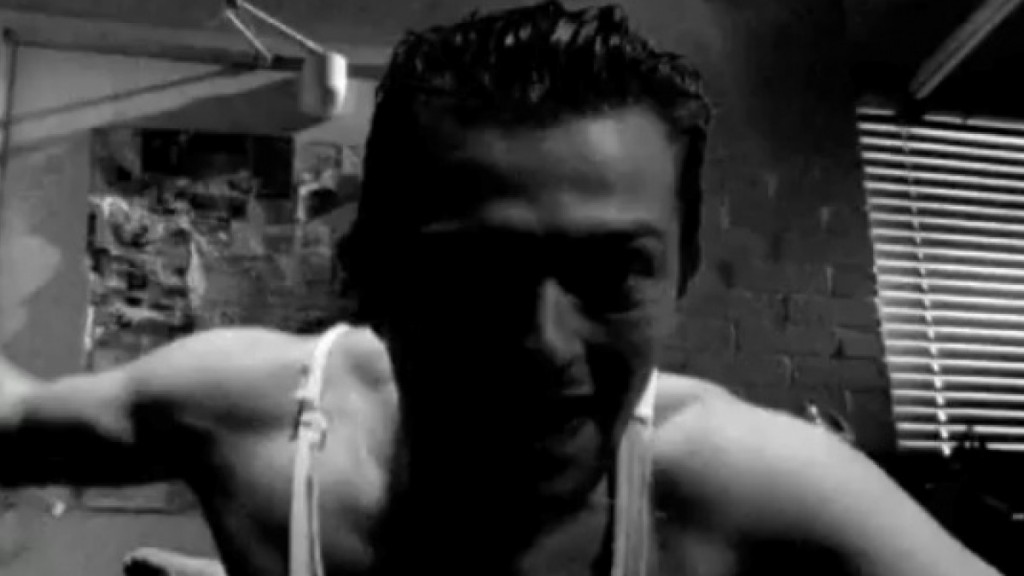
One of the very first films made by Christopher Nolan was Doodlebug, a 3-min psychological thriller shot in black-and-white, which revolves around a man who is chasing a tiny bug around in his apartment trying to squish it with a shoe. The film is spooky from the very first frame, with the man’s eyeballs forming the two Os of the title and an eerie music playing in the background. The editing of the short does its work effectively. Nolan films the action with an active camera that moves in every frame, which creates a kind of restless quality as the man goes from one corner of his flat to another, jumping and diving. We soon see what he’s chasing and the ‘doodlebug’ turns out to be a miniature version of the man himself doing exactly every action he does slightly before him. As the man finally squishes the bug, a second later we see an even bigger version squish the man himself.
The theme feels somewhat in line with Nolan’s later works like Inception, revolving around layered phenomena of a dimension beyond the ones that we can comprehend. Seeing this short today shows how close yet how far Christopher Nolan has come from the time he made it. Now that Nolan has released his latest film Dunkirk, this is a perfect time to check out how he began his journey and developed his craft by watching Doodlebug. (Watch it here)
6. L’Amour Existe (Maurice Pialat, 1960)
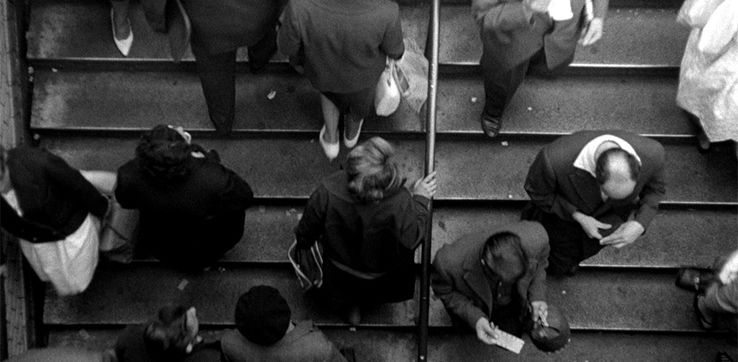
Although a master of cinema in his own right, Maurice Pialat has eluded wide renown just as much as he eluded pre-existing cinematic rules. Yet, those familiar with his work will appreciate how definite his influence on countless modern-day films is. It is difficult to club Pialat into any concrete category as his films were rooted in a realism so unsentimental and emotionally dense that it appeared formalistic. One of his earliest works is the 20-min documentary short, L’Amour Existe, which is his commentary on the urban sprawl in post-War France and its underlying class conflict. It constructs a shot by shot narrative of the sordid reality of Parisian development with the suburbs decaying in neglect, with a voice-over by Jean-Loup Reynold. Pialat highlights with elaborate patience how grim life in the suburbs was in the post-War era as advertising took over reality and people embraced a materialistic and dull life.
L’amour Existe also points out how the Parisian middle and upper class enjoys better education not only academically but also culturally while the suburban children lack access to theatres or concert halls. Pialat describes the new housing buildings that sprang up rapidly as ‘concentration camps’ with tiny, horizontal windows from where there is nothing to look at. This short film went on to win awards at the Venice Film Festival and Prix Lumieres. Maurice Pialat went on to make many brilliant movies like A Nos Amours and Sous le Soleil de Satan, which won the Palme d’Or at Cannes. (Watch it here)
7. What’s Opera, Doc? (Chuck Jones, 1957)
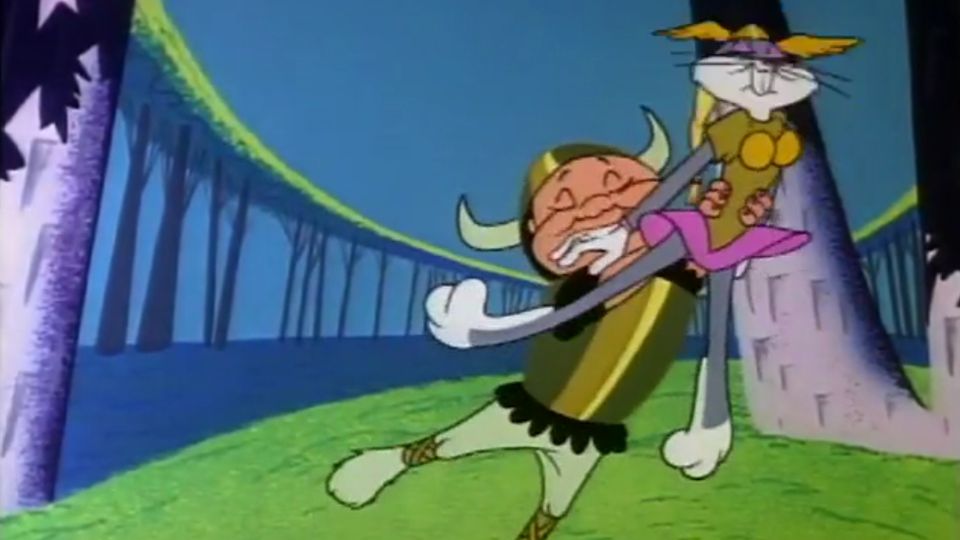
A lot of us have probably been admirers of the great Chuck Jones and his works without even knowing it. He was the cartoonist behind Looney Tunes and has directed hundreds of their episodes which we spent the better part of our childhood on. ‘What’s Opera, Doc?’ is one of the best features of his Merrie Melodies series, featuring the perennially cunning Bugs Bunny and his archenemy Elmer Fudd in an opera set in the jungle. Elmer Fudd’s only intention is to ‘kill the wabbit!’ as he announces repeatedly, and he is armed with a spear and a magical helmet by which he can control the weather. Bugs Bunny briefly escapes Fudd’s wrath by disguising himself as a suave lady, Brunhilda, who Elmer Fudd instantly falls in love with.
At only 7-min, the short has all the elements of a drawn-out opera, including a tragic ending as Bugs Bunny himself points out. The musical score is extremely well complemented by the interesting animation and the direction of Chuck Jones. The film is worth watching multiple times with the crafty dialogue never-failing to impress. Watching ‘What’s Opera, Doc?’ is like opening a childhood photo-album, full of nostalgia and memories of one’s childhood – a time when we weren’t too grown-up to feel sorry for a rabbit struck by lightning. (Watch it here)
8. Cigarettes & Coffee (Paul Thomas Anderson, 1993)
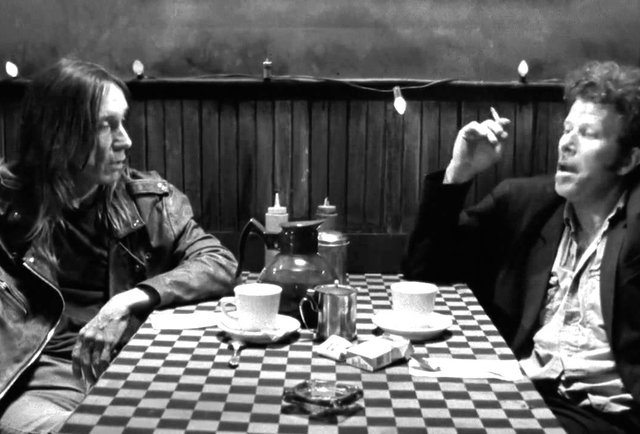
Although Cigarettes & Coffee was only P.T. Anderson’s second time behind the camera, it does in no way feel like an amateur’s work. The movie takes place almost entirely in a diner, and we are procedurally introduced to five characters, their stories and a $20 note that connects them. There is a tense & jittery man who narrates his story, seeking help from a more composed old friend who is very particular about waiting till the coffee is poured and the cigarettes are lit, or else the conversation will have no real meaning. In the other booth, there is a couple on their honeymoon who have lost all their money after the wife blows it all on gambling. A while later, a shady man seemingly unrelated to the others walks into the diner. However, as a $20 bill makes its way from one of the characters to the other, we get to know that they may be connected to each other.
This 23-min short has enough story for a film before it and another after it. The dialogue, framing and the camerawork in the film show that it is made by someone who knows exactly what he wants. The most distinctive feature of this film is the use of the tracking shot for scene breaks. The acting in this film is also especially good. Anderson later adapted and expanded this short into a full-length feature film, ‘Hard Eight’ – his very next venture. (Watch it here)
9. What’s a Nice Girl Like You Doing in a Place Like This (Martin Scorsese, 1963)
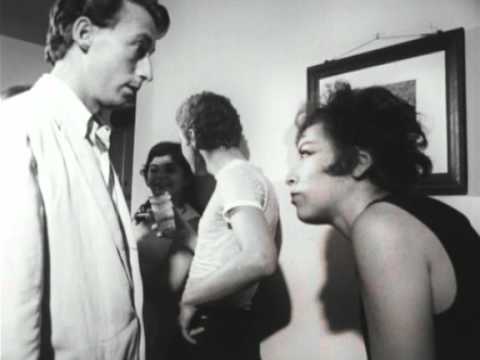
Martin Scorsese is one of the most renowned living masters of film-making today, but back in 1963 he was just a film student. It was during that time that he made What’s a Nice Girl Like You Doing in a Place Like This, a 9-min black and white comedy about a budding writer called Harry by his friends who becomes crazily obsessed with a picture of a boat on lake, that he had bought out of sensitivity towards the old store owner. His obsession starts taking a serious toll on his life as he finds himself unable to do anything with his concentration regularly coming back to the picture hanging on the wall. This finally leads to him developing writer’s block until he meets a nice girl at a party, who brings him back to his senses.
The film is playfully humorous yet seldom funny and it seems more about technique and the film-making process than it does a storyline. Even so early in his career, Scorsese appears to be more than comfortable behind the camera and his distinctive cinematography is evident in this short. But the most noticeable thing about this film is the extremely fast-paced editing that makes it feel almost cartoonish. The film cuts from one frame to the other rapidly, with the camera seldom moving within a scene except for a shot that pans around Harry’s lighted face, with everything else pitch-dark. Watching this film is to see a master learn his craft by doing, and it forms essential viewing for fans of Martin Scorsese’s style. (Watch it here)
10. Bottle Rocket (Wes Anderson, 1994)
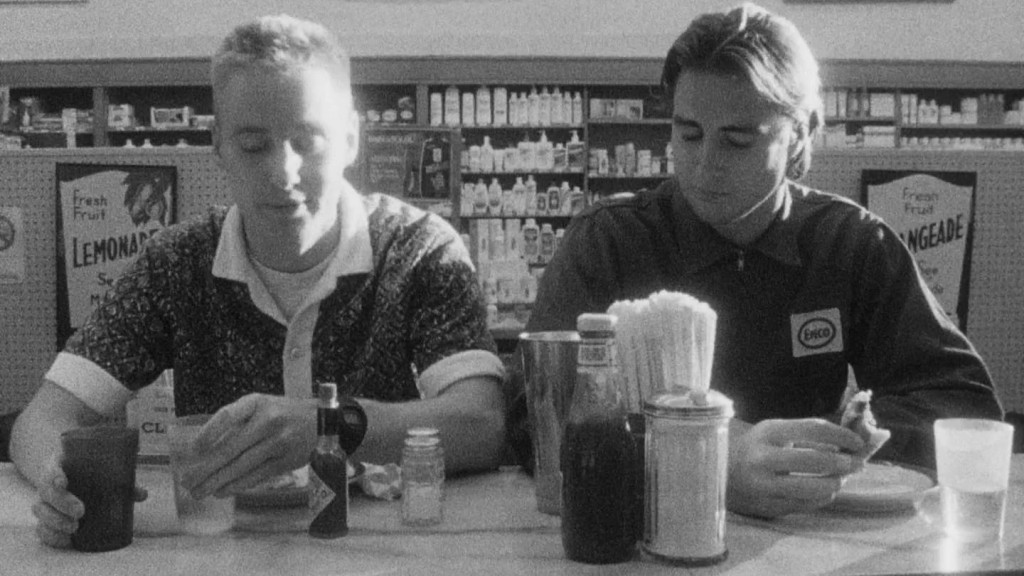
This 13-min short was not only the first directorial venture of Wes Anderson, it was also the debut film of Owen Wilson and his brother Luke Wilson. The film follows their juvenile and dysfunctional characters, Dignan and Anthony, as they commit crimes small enough that they get away with them yet big enough to satisfy them. They loot a house, steal a wallet having $8 in it and finally rob a bookstore with a friend, Bob, who grows pot. Even though the cinematography does in no way feel like that of a Wes Anderson film, yet the movie looks somewhat crafty even without colour. Both Luke and Owen Wilson’s performances seem easy and impressive for a pair of debutants, which is reason enough to watch this short.
There is also a good sense of humour in the characters’ childish attempts to act like adults. There are some particularly funny parts like when Dignan and Anthony are arguing about Starsky and Hutch before they break into a house or when Dignan goes on a tirade of abuses at the other two like in a siblings’ quarrel. Bottle Rocket is a simplistic and enjoyable short made by a director with a flair, which has since been established well-enough by the movies Wes Anderson has made since then. Anderson turned this film into a full length feature a few years later which became his entry into the movie-maker’s club. (Watch it here)
Read More: Best DC Movies

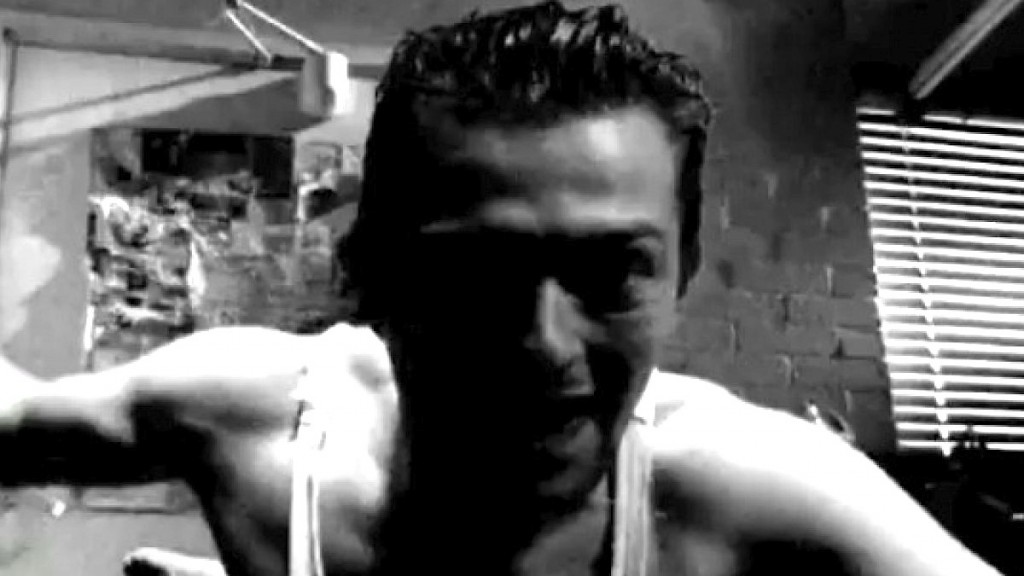
You must be logged in to post a comment.